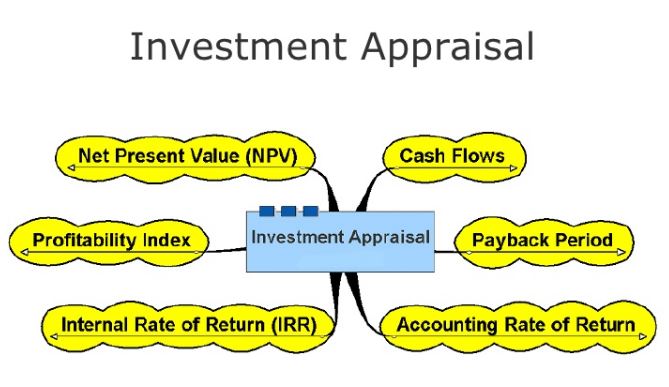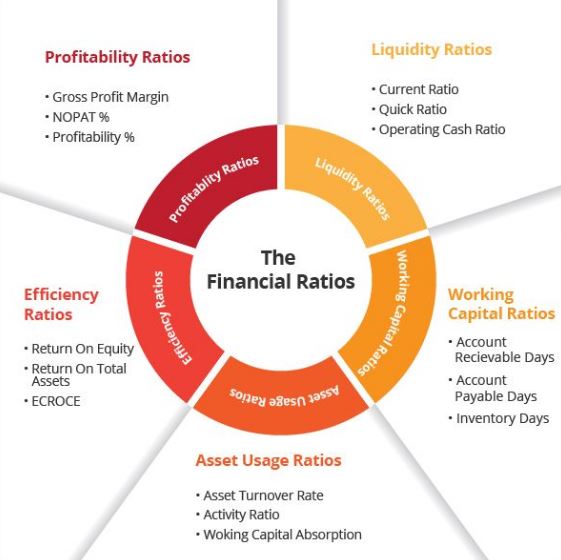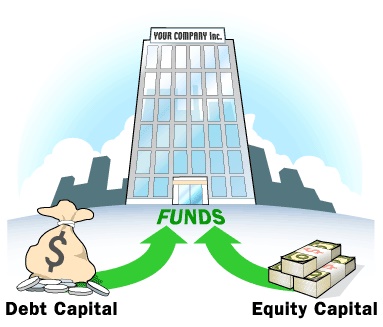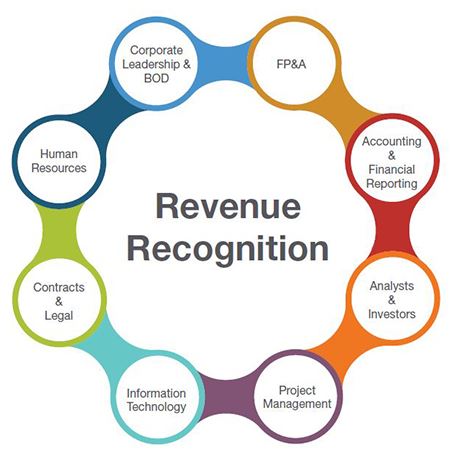Analysis of the Stock Market Crash and Global Financial Crisis
The stock market crash in the autumn of 1987 is labeled as one of the sharpest markets down in history. Stock markets around the world plummeted in a matter of hours. The Black Monday, as it is labeled, is market as one of the major contemporary global financial crisis after the great depression that hit the global market between 1929 and 1941 (Markham, 2002). In the US, the stock market crash was marked by the 22.6 percent drop in a single trading session of the Dow Jones Industrial Average (DJIA).
In the years leading up to the stock market crash on October 19, 1987, there was an extension of a continuation of a highly powerful bull market. At this period, running from 1982, the market had started to embrace globalization and the advancement in technology. In the years 1986 and 1987, the bull market was fueled by hostile takeovers, low-interest rates, leveraged buyouts and increased mergers (Bloch, 1989).
The business philosophy at the time encouraged exponential business growth by acquisition of others. At the time, companies used leveraged buyouts to raise massive amounts of capital to fund the procurement of the desired companies. The companies raised the capital by selling junk bonds to the public. The junk bonds refer to the bonds that pay high-interest rates by the virtue of their high risk of default. Initial public offering or IPO was another trend used to drive market excitement.
During that time of increased market activity, the US Securities, and Exchange Commission (SEC) found it extremely hard to prevent shady IPOs and the existing market trends from proliferating.
In the events leading to the stock market crash, the stock markets witnessed a massive growth during the first half of 1987. The Dow Jones Industrial Average (DJIA) had by August that year gained a whopping 44 percent in just seven months. The ballooned increase in sales raised concerns of an asset bubble. The numerous news reports about a possible collapse of stock markets undermined investor confidence and further fueled the additional volatility in the markets.
At the time, the federal government announced that there were a larger-than-expected trade deficit and this lead to the plunge of the dollar in value. Earlier in the year, the SEC conducted investigations on illegal insider trading that spooked the investors (Bloch, 1989). High rates of inflation and overheating were experienced at the time due to the high level of credit and economic growth. The Federal Reserve tried to arrest the situation by quickly raising short-term interest rates to decrease inflation, and this dampened the investors’ enthusiasm in the market.
Markets began to show a prediction of the record loses that would be witnessed a week later. On October 14th, some markets started registering significant daily losses in trading. At the onset of the stock market crash, many institutional trading firms began to utilize portfolio insurance to cushion them against a further plunge in stock (Markham, 2002). The portfolio insurance hedging strategy uses stock index futures to shield equity portfolios from broad stock market declines. In the midst of increased interest rates, many institutional money managers tried to hedge their portfolios to cushion the businesses from the perceived stock market decline.
The stock markets had started plunging in other regions even before the US markets opened for trading that Monday morning. On October 19, the stock market crashed. The crash was caused by the flooding of stock index futures with sell orders worth billions of dollars within a very short time. The influx of the sell orders in the market caused both the futures and the stock market to crash. Additionally, due to the increased volatility of the market, many common stock market investors tried to sell their shares simultaneously and which overwhelmed the stock market.
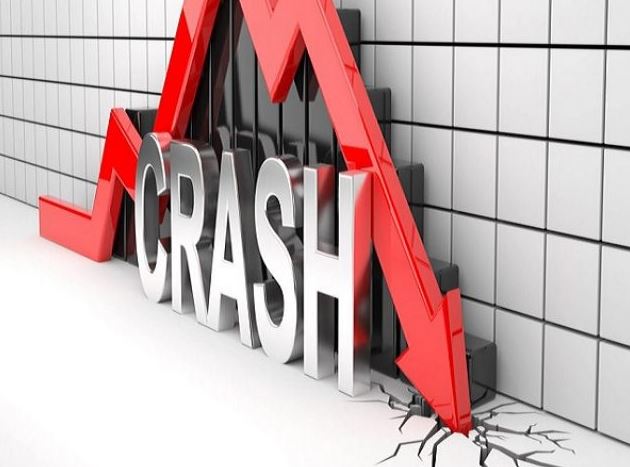
On the same day, the 500 billion dollars in market capitalization vanished from the Dow Jones Stock Index within minutes. The emotionally-charged behavior by the common stock investors to sell their shares led to the massive crash of the stock market. Stock markets in different countries plunged in a similar fashion.
The knowledge of a looming stock market crash resulted in investors rushing to their brokers to initiate sales of their assets. Many investors lost billions of investment during the crash. The number of sell orders outnumbered willing buyers by a wider margin creating a cascade in stock markets. Following the 19th October 1987 crash, most futures and stock exchanges were shut down in different countries for a day.
Federal Reserve Stock Market Crash
The Federal Reserve in a move to reduce the extent of the crisis, short-term interest rates were lowered instantly to avert a recession and banking crisis. The markets recovered remarkably from the worst one-day stock market crash. In the aftermath of the stock market plunge, regulators and economists analyzed the events of the Black Monday and identified various causes of the crash.
One of the findings shows that in the preceding years, foreign investors had flooded the US markets, accounting for the meteoric appreciation in stock prices several years before the crisis. The popularization of the portfolio insurance, a new product from the US investment firms was found to be a cause of the meltdown in stock markets. The product accelerated the pace of the crash because its extensive use of options encouraged further rounds of selling after the initial losses.
Soon after the crisis, the economists and regulators identified some flaws that exacerbated the losses experienced in the stock market crash. These flaws were addressed in the following years. First, at the time when the crisis hit the market, stock, options, and futures markets used different timelines for clearing and settlement of trades. The differences in timelines for clearing and settlements of trades created a potential for negative trading account balances and forced liquidations.
At the time of the crisis, the securities exchange had no powers to intervene in the large-scale selling and rapid market declines. Soon after the Black Monday, the trade-clearing protocols were overhauled to bring homogeneity to all important market products. Other rules known as circuit breakers were introduced, enabling exchanges to stop trading temporally in the event of exceptionally large price meltdowns. Under current rules, for instance, the NYSE is mandated to halt trading when the S&P 500 stock exchange plunged by 7%, 13%, and 20% (Markham, 2002). The reasoning behind the formation of this rule is to offer investors a chance to make informed decisions in cases of high market volatility.
The Federal Reserve responded to the crisis by acting as the source of liquidity to support the financial and economic system. The Federal Reserve also encouraged banks to continue lending money to securities firms on their usual terms. The intervention of the Federal Reserve after the Black Monday restored investors’ confidence in the central bank’s ability to restore stability in the event of severe market volatility.
The intervention of the Federal Reserve made securities firms recover from the losses encountered in the Black Monday crisis. The DJIA gained back 57% or 288 points of the total losses incurred in the black Monday crisis in two trading sessions (Bloch, 1989). In a period of less than two years, the US stock markets exceeded their pre-cash highs.
Stock Market Crash – Explain the role played by derivative trading in the 2008 global financial crisis
The world economy faced one of the most severe recessions in 2008 since the great depression of the 1930s (Landuyt, Choudhry, Joannas, Pereira, & Pienaar, 2009). The meltdown began in 2007 when the high home prices in the US began to drop significantly and quickly spreading to the entire US financial sector. The crisis later spread into other financial markets overseas. The financial crisis hit the entire banking industry; two government-chartered companies to provide mortgages, two commercial banks, insurance companies, among others like companies that rely heavily on credit. During the crisis, the share prices dropped significantly throughout the world. The Dow Jones Industrial Average recorded a 33.8% loss of its value in 2008.
Derivatives are defined as financial contracts that obtain their value from an underlying asset. These financial contracts include; stocks, indices, commodities, exchange rates, currencies, or the rate of interest. The financial instruments help in making a profit by banking on the future value of the underlying asset.
Their derivation of value from the underlying asset makes them adopt the name, “Derivatives.” However, the value of the underlying asset changes from time to time. For instance, the exchange rate between two currencies may change, commodity prices may increase or decrease, indices may fluctuate, and stock’s value may rise or fall (Santoro & Strauss, 2012). These variations can work for or against the investor. The investor can make profits or losses according to these changes in the market. The correct guessing of the future price could lead to additional benefits or serve as a safety net from losses in the spot/cash market, where the trading of the underlying assets occurs.
Standard derivatives are usually traded on an exchange. Other types of derivatives are traded over the counter and are unregulated. The use of derivatives can be dangerous when used for investment or speculation without enough supporting capital. Various factors caused the financial crisis of 2008; derivative trading was among them.
Financial innovation can be associated with the 2008 fall in the global financial market. The financial innovation invented derivative securities that claimed to produce safe instruments by diversifying/removing the inherent risks in the underlying assets. The financial innovations, however, did not reduce the inherent risk but increased it (Santoro & Strauss, 2012).
Derivative instruments were created to help manage risks and create insurance against a financial downturn. In the period leading to the 2008 financial crisis, the intentions of the derivatives have been entirely altered. The derivatives were initially invented to defend against risks and protect against the downside. However, in 2003-2007, the derivatives became speculative tools to make more risk in a move to make more profits and returns. During this period, securitized products which were difficult to analyze and price were traded and sold. Additionally, many positions were leveraged with the aim of maximizing the profits gained from trading the derivatives.
Banks created securitized instruments and sold them to investors. The Federal National Mortgage Association rolled out a concerted effort to make home loans more accessible to citizens with lower savings than the required amount by the lenders. The reasoning behind this idea was to help each American citizen acquire the American dream of home ownership.
However, the banks issued poor underlying credit quality which was passed on to the investors. The information that the rating agencies offered the investors about the certification of the quality of the securitized instruments was not sufficient (Allen, 2013). Usually, derivatives ensure against risk if used correctly, in the case of the events leading to the financial crisis of 2008, neither the borrower nor the rating agency understood the risks involved.
In the turn of events in the meltdown, the investors got stuck holding securities that proved to be as risky as holding the underlying loan. The banks were as well stuck because they held many of these instruments as a way of satisfying fixed-income requirements. They used the assets as collateral.
Financial institutions incurred write-downs during the crisis. A write-down refers to the reduction of the book value of an asset because it is overvalued compared to the prevailing market value. In the events leading to the financial plunge in 2008, assets were overvalued, and the financial institutions and investors felt an enormous negative surprise for holding these “safe instruments.”
In the years leading to the financial plunge, banks borrowed funds to lend so as to create more securitized products. Consequently, most of the instruments were created using borrowed capital or margin meaning that the financial institutions did not have to issue a full outlay of capital. The use of leverage (the use of different financial instruments or borrowed capital like margin to increase the potential profit of investment) magnified the crisis.
Credit default swaps also played a part in the crisis. Unlike options and futures, CDSs are traded in over-the-counter (OTC) markets meaning that they are unregulated. In the period before the financial bubble, the advantageous leverage, and convenience of the CDSs made dealers rush to issue and purchase CDSs written only in debt that they did not own.
The derivatives on different underlying assets are traded in unregulated markets. Derivatives such as CDSs are not widely understood since they are not exchange traded (Allen, 2013). Counterpart default risk in OTC markets produces a series of inter-dependencies among market actors and creates room for risk volatility. The result of this is a systemic risk as witnessed in 2008 in the case of Lehman Brothers Holdings Inc. the lack of transparency in the OTC markets played a part in the occurrence of the economic bubble in 2008. The OTC derivatives and risks associated with them were priced incorrectly, and it overwhelmed the financial market during the recession.
References
Allen, S. (2013). Financial risk management. Hoboken, N.J.: Wiley.
Bloch, E. (1989). Inside investment banking. Homewood, Ill.: Dow Jones-Irwin.
Landuyt, G., Choudhry, M., Joannas, D., Pereira, R., & Pienaar, R. (2009). Capital market instruments ;Analysis and valuation. Basingstoke: Palgrave Macmillan.
Markham, J. (2002). A financial history of the United States. Armonk, N.Y.: M.E. Sharpe.
Santoro, M. & Strauss, R. (2012). Wall Street values. Cambridge: Cambridge University Press.
Other Relevant Posts
2008 Financial Crisis
Corporate Decision Making Capital Structure Financial Markets
Finance Dissertation Topics
Did you find any useful knowledge relating to the analysis of the stock market crash and global financial crisis in this post? What are the key facts that grabbed your attention? Let us know in the comments. Thank you.

